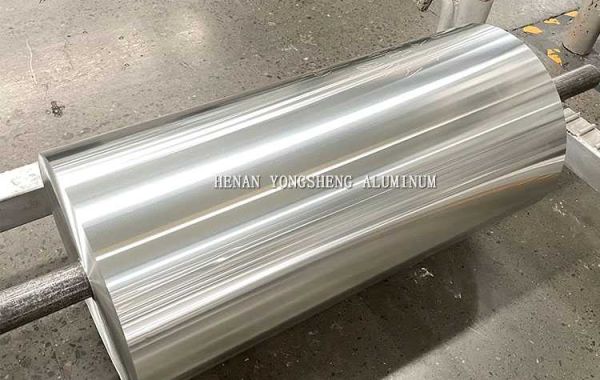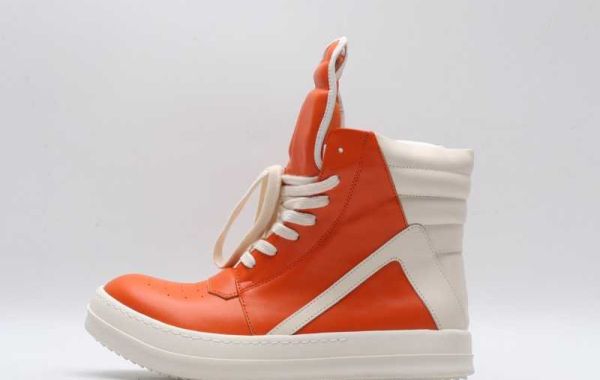Introduction
In an era where sustainability meets functionality, 8011 aluminum foil has emerged as a cornerstone in modern packaging solutions. Renowned for its durability, flexibility, and unparalleled barrier properties, this alloy is the go-to material for industries ranging from food and pharmaceuticals to electronics.
This comprehensive guide delves into why 8011 aluminum foil dominates packaging markets, its technical advantages, real-world applications, and the evolving trends shaping its future.
What is 8011 Aluminum Foil?
8011 aluminum foil is an aluminum alloy composed primarily of 98.1–99.5% aluminum, with controlled additions of iron (0.5–1.0%) and silicon (0.1–0.5%). These elements enhance mechanical strength and thermal stability, making it ideal for demanding packaging environments.
Physical and Chemical Properties
- Thickness Range: 0.006 mm (6 microns) to 0.2 mm (widely used for flexible packaging)
- Tensile Strength: 80–120 MPa (depends on temper and processing)
- Melting Point: ~660°C (excellent for high-temperature applications like sterilization)
- Barrier Performance: 100% impermeable to moisture, oxygen, and UV light
Certifications Compliance
✔ FDA Compliance: Safe for direct food contact (21 CFR Part 177.1390)
✔ ISO Standards: Meets ISO 15390 for industrial applications
✔ Eco-Friendly: Fully recyclable and compliant with EU REACH regulations
Key Benefits of 8011 Aluminum Foil for Packaging
1. Unmatched Preservation Capabilities
- Oxidation Prevention: Creates an hermetic seal to keep food fresh, extending shelf life by 3–5x compared to plastic wraps.
- UV and Light Barrier: Protects light-sensitive products like pharmaceuticals (e.g., vitamin supplements) and chocolates from degradation.
- Anti-Corrosion Properties: Resistant to acidic and alkaline substances, ideal for packaging sauces, dairy, and ready-to-eat meals.
2. Cost-Efficiency and Lightweight Design
- Reduced Shipping Costs: At 2.7 g/cm³ density, aluminum foil is 60% lighter than steel packaging alternatives, lowering logistics expenses.
- Material Savings: Ultra-thin foils (6–10 microns) maintain strength while minimizing raw material usage.
3. Sustainability and Circular Economy
- Infinite Recyclability: Aluminum retains 95% of its original properties after recycling, reducing carbon footprint by 75% compared to virgin production.
- Waste Reduction: Extending product shelf life decreases food waste, aligning with global sustainability goals like UN SDG 12.
Applications of 8011 Aluminum Foil in Key Industries
1. Food Beverage Packaging
- Ready-to-Eat Meals: Laminated with PET or PP for microwave-safe pouches.
- Confectionery: Used in chocolate wrappers to prevent fat bloom and maintain texture.
- Dairy Products: Foil lids for yogurt cups and butter wrappers ensure freshness.
2. Pharmaceutical Packaging
- Blister Packs: Protects tablets from moisture and contamination.
- Medical Device Sterilization: High heat resistance ensures integrity during autoclaving.
3. Industrial Uses
- Insulation Materials: HVAC systems and building insulation due to thermal reflectivity.
- Electronics Shielding: Blocks electromagnetic interference in cables and components.
8011 vs. Other Aluminum Alloys: A Performance Comparison
| Parameter | 8011 | 1235 | 8079 |
|---|---|---|---|
| Fe Content (%) | 0.5–1.0 | ≤0.05 | 0.7–1.3 |
| Tensile Strength (MPa) | 80–120 | 50–80 | 120–160 |
| Cost (per ton) | 2,800–2,800–2,800–3,200 | 2,500–2,500–2,500–2,800 | 3,500–3,500–3,500–4,000 |
| Best Use Case | Flexible packaging | Lightweight wraps | Heavy-duty insulation |
Why 8011 Wins?
Balances cost, formability, and strength for mid-to-high barrier packaging needs, making it a versatile choice across industries.
Emerging Trends in the Aluminum Foil Packaging Market
**1. Demand Surge in E-Commerce
- Online grocery delivery (growing 25% YoY) requires lightweight, durable packaging. Foil-lined pouches reduce damage during transit.
**2. Thinner, High-Performance Foils
- Innovations like nanocoating technology enable 5-micron foils with enhanced puncture resistance, reducing material use by 20%.
**3. Sustainability-Driven Shifts
- Plastic Phase-Outs: EU’s Single-Use Plastics Directive (SUPD) propels adoption of recyclable aluminum solutions.
- Circular Packaging Initiatives: Brands like Nestlé and Unilever commit to 100% recyclable packaging by 2025, boosting aluminum demand.
Choose the Right Supplier: 4 Critical Factors
- Certifications: Ensure ISO 9001 and HACCP compliance for food-grade foil.
- Customization: Opt for suppliers offering custom widths, coatings, or printing (e.g., brand logos).
- Sustainability Proof: Verify recycled content percentages and carbon-neutral production practices.
- Global Standards: Suppliers with IATF 16949 certification streamline automotive/electronics supply chains.
Conclusion
8011 aluminum foil stands at the intersection of innovation and sustainability, offering unrivaled protection, cost savings, and environmental benefits for modern packaging needs. Whether preserving perishables or shielding sensitive electronics, its adaptability ensures long-term relevance in a rapidly evolving market.








